
China Scales up Coronavirus Testing, Treatment in Border Areas
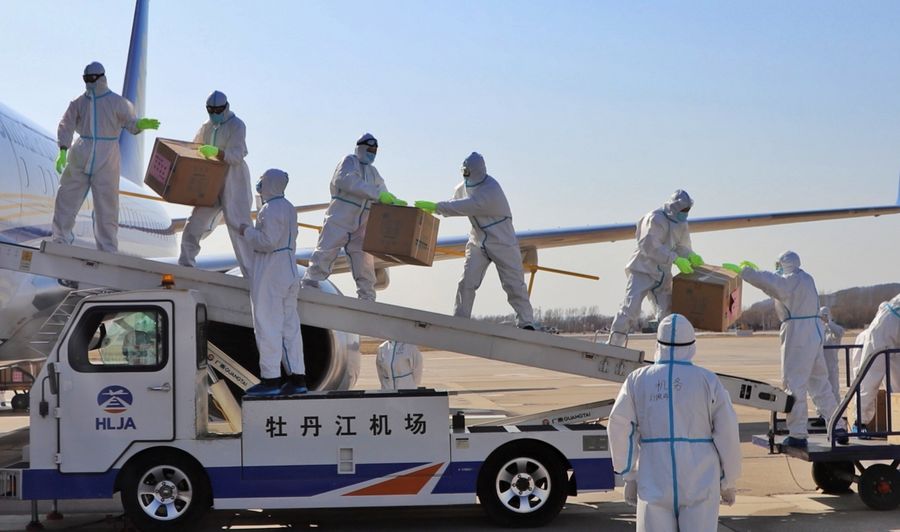 |
|
Staff transport medical supplies at the airport in Mudanjiang, northeast China's Heilongjiang Province, April 15, 2020. [Xinhua] |
The Chinese health authority has instructed the country's nine provincial-level regions with land ports to make targeted response plans in a bid to intensify containment efforts and get prepared for imported cases.
BEIJING, April 21 (Xinhua) — The Chinese health authority has scaled up testing and treatment for COVID-19 infections in border areas as the country faces a rising risk of imported cases.
With an over 22,000-km land border dotted with 91 land ports, along with a large number of shortcuts and side routes, China faces a high risk of COVID-19 importation via its land border.
However, the medical service capacity in some border regions is relatively insufficient for the epidemic response, Guo Yanhong, an official with the National Health Commission (NHC), said at a press conference Tuesday.
The NHC has instructed the country's nine provincial-level regions with land ports to make targeted response plans in a bid to intensify containment efforts and get prepared for imported cases, Guo noted.
Describing the epidemic control in border areas as a priority in the current stage, Guo said that the commission had conducted a thorough assessment of the capacity for laboratory testing and medical treatment in border cities.
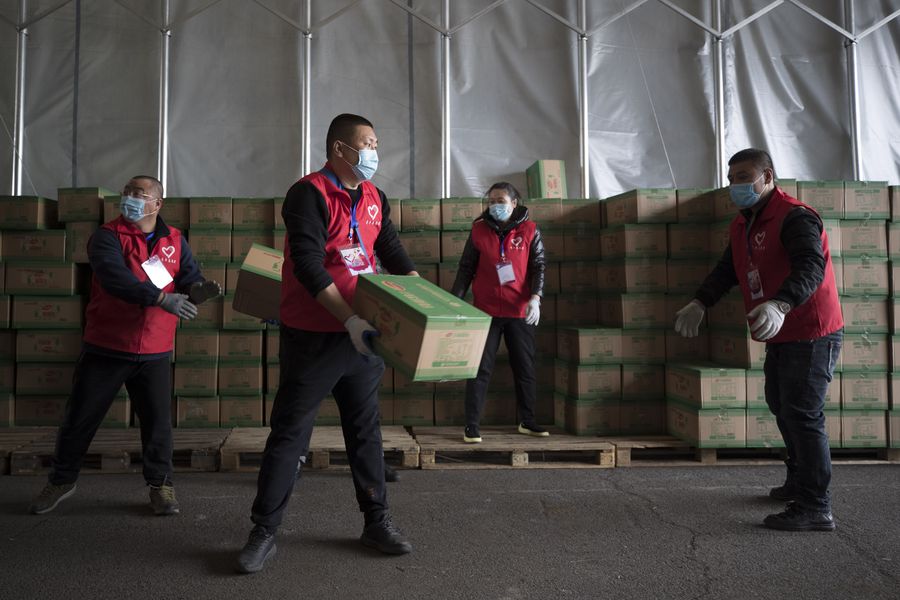 |
| Volunteers transport relief supplies in Suifenhe, northeast China's Heilongjiang Province, April 19, 2020. A team of volunteers has been organized in Suifenhe, a border city facing a mounting challenge of imported cases, to help transport relief supplies from all parts of the country amid the fight against COVID-19 outbreak here. [Xinhua] |
Groups of medical professionals and epidemic containment experts have been dispatched to some border areas facing a mounting challenge of imported cases, such as Suifenhe, a border city in northeast China's Heilongjiang Province.
Meanwhile, essential medical equipment, including mobile P3 laboratories, computerized tomography (CT) scan machines, have also been sent there to improve the local ability to detect and cure COVID-19 infections, said Guo.
According to statistics released by the NHC, the Chinese mainland reported four new imported COVID-19 cases on Monday, bringing the total number of imported cases to 1,587.
Of the total imported cases, 776 had been discharged from hospitals after recovery, and 811 were being treated in hospitals with 44 in severe condition, the commission said.
(Source: Xinhua)
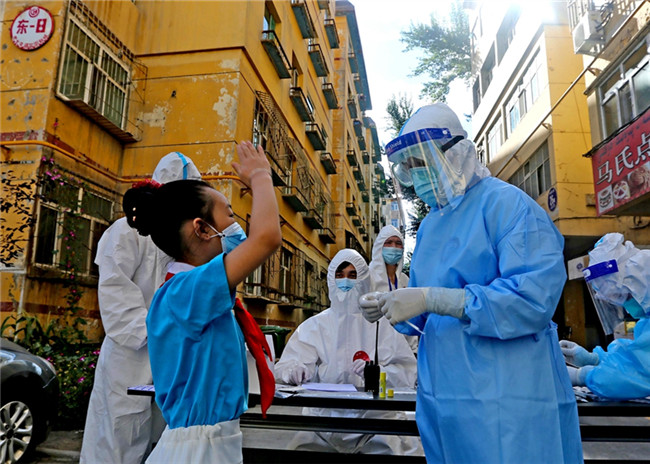 Women Medics in NW China's Xinjiang Contribute to COVID-19 Epidemic Containment
Women Medics in NW China's Xinjiang Contribute to COVID-19 Epidemic Containment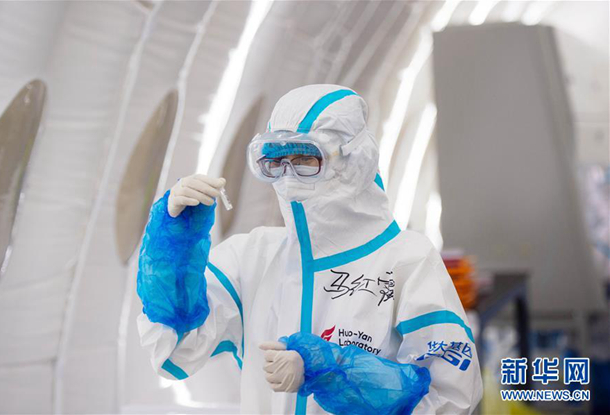 Women CPC Members on Front Line of Anti-COVID-19 Battle in Beijing
Women CPC Members on Front Line of Anti-COVID-19 Battle in Beijing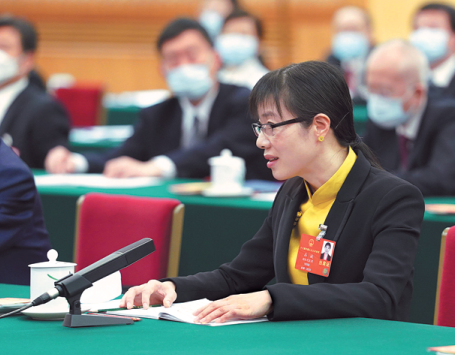 Deputy Recalls Role in COVID-19 Fight
Deputy Recalls Role in COVID-19 Fight- Woman Epidemiological Researchers Race Against the Clock on Front Line
 Pic Story of Nurse Who Aided COVID-19 Fight in Wuhan
Pic Story of Nurse Who Aided COVID-19 Fight in Wuhan Volunteer Provides Milk Tea, Back up Anti-Epidemic Workers in NE China
Volunteer Provides Milk Tea, Back up Anti-Epidemic Workers in NE China

 京公网安备 11010102004314号
京公网安备 11010102004314号